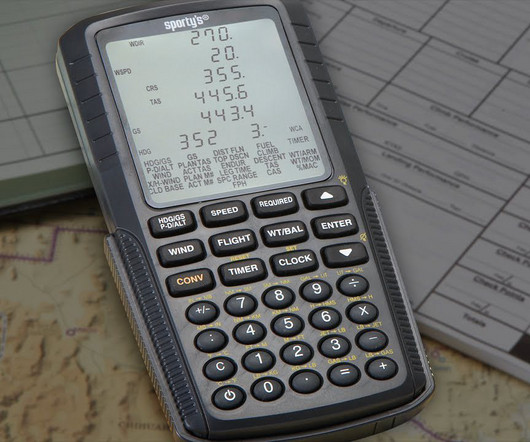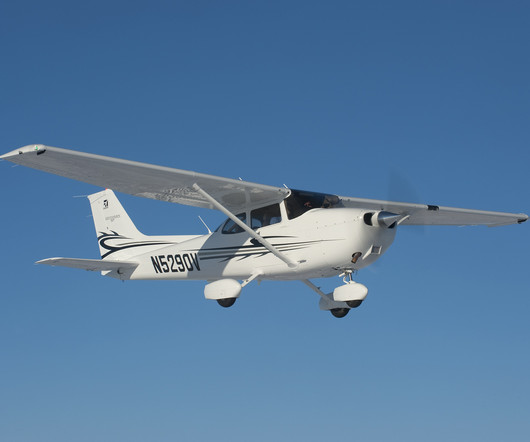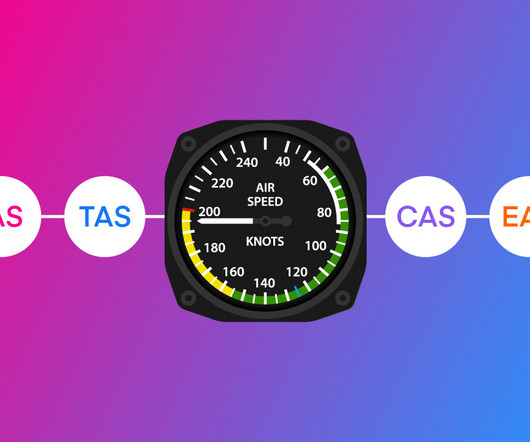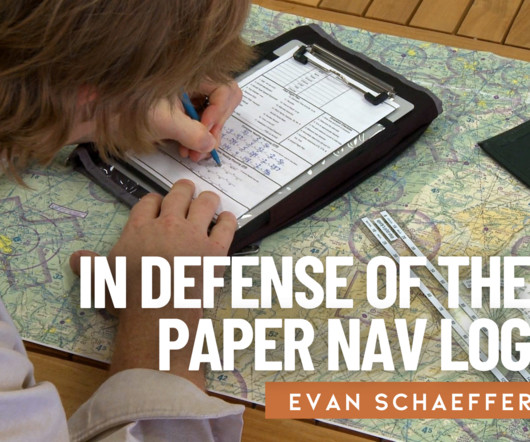Quiz: Flight Planning with Sporty’s E6B
Flight Training Central
FEBRUARY 10, 2025
It will assist with flight planning questions and you can bring your electronic E6B into the testing center to use during the actual test. The electronic E6B is equally useful when in the airplane, to help determine actual winds aloft, true airspeed, fuel burn, and descent planning. knots Correct! knots Correct!












Let's personalize your content